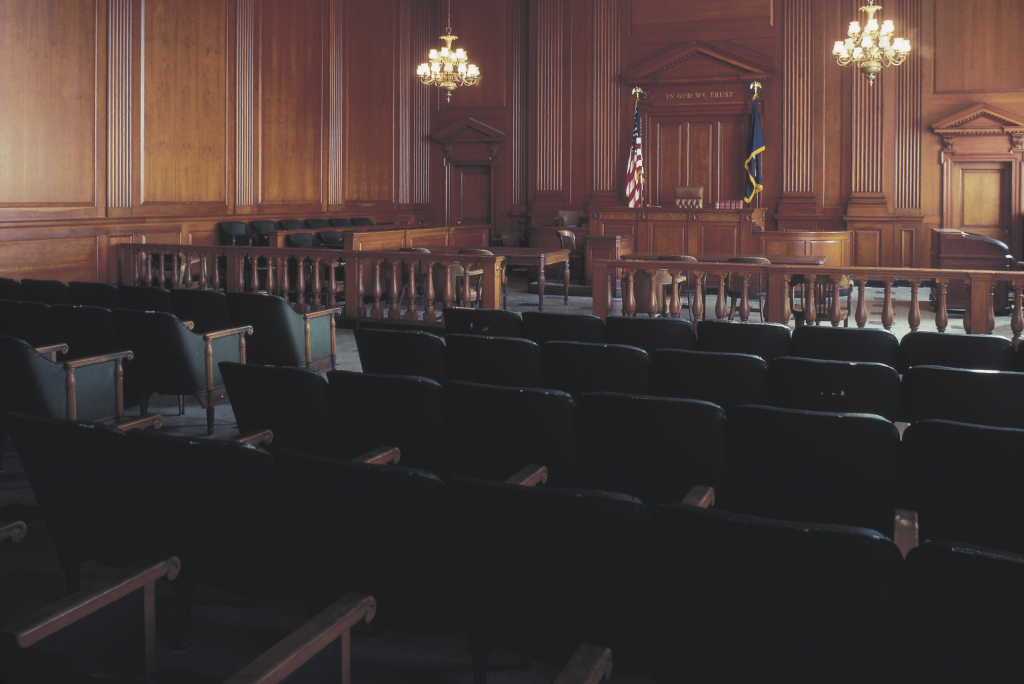When MDL Judges Overreach:
Opioid cases, without jurisdiction, held in judicial purgatory
From 1990 to 2017, about 218,000 deaths linked to overdoes of prescriptive opioids led to a surge of lawsuits.[1] With the proliferation of cases against opioid manufacturers, federal and state courts created multidistrict litigation (“MDL”) courts to handle this influx of actions, and tensions between state sovereignty and federalism concerns have arisen.
What are MDL Courts?
Multidistrict litigation is a federal case management procedure, intended to bundle and accelerate the disposition of complex cases. Multidistrict Litigation exists in both federal and state courts[2]; however, federal courts hold the majority of MDL cases. With opioid actions, this is a result of defendants removing the actions to federal court – often with no colorable basis for jurisdiction. Because many federal district judges defer to the MDL-appointed court, the majority of cases pass through to the federal MDL without the motion for remand being considered. These are often referred to as improvidently removed cases.
In typical MDL proceedings, a federal panel, the Joint Panel on Multi-District Litigation (“JPML”), transfers complex civil cases, all implicating the same common questions of fact, to one federal district court, known as the MDL court. MDL courts coordinate and preside over pretrial proceedings, often sign off on so-called “global settlements,” dismiss cases and remand any remaining cases back to the original court of filing for trial. [3] With opioid cases, the remand motions have been subject to a moratorium in the federal MDL, and the court has selectively remanded cases under its control only, leaving the improvidently removed cases subject to pending remand motions languishing, sin die.
What is the benefit of an MDL Court?
In federal court, the ability to create multidistrict litigation courts is possible under 28 U.S. Code § 1407. § 1407. This grants judicial panels authority to transfer proceedings involving one or more common questions of fact “for the convenience of parties and witnesses and [to] promote the just and efficient conduct of such actions.”[4] Within the federal court system, the Judicial Panel on Multidistrict Litigation (“JPML”) controls the fate of MDL cases. JPML decides whether civil actions, that are pending before various federal districts, involve one or more common questions of fact such that the interests of coordination and consolidation for pretrial proceedings warrant the transfer to another federal court.
The purpose of transfer to consolidate and coordinate is “to avoid duplication of discovery, to prevent inconsistent pretrial rulings, and to conserve the resources of the parties, their counsel and the judiciary.”[5]Almost 40% of civil cases pending in a federal court in 2018 were part of an MDL; surprisingly only 3% of those cases are remanded back to the original court of filing; the remaining 97% of cases are dismissed or settled.[6] In Multidistrict Litigation Panels, transferred actions that are not terminated either through dismissal or settlement, are remanded to the court of the initial filing. The court of original filing has jurisdiction, but the debate on MDL jurisdictional issues centers around whether the MDL transferee court has jurisdiction. MDL courts do not need to satisfy the personal jurisdiction requirements that it would if the cases were being litigated on an individual basis. Instead, federal statute 28 U.S. Code § 1407, gives MDL court’s automatic jurisdiction over pretrial purposes for its transferred cases.
Proponents of Multidistrict litigation also combat jurisdictional objections by arguing that the transfer “is only a change of venue for pretrial purposes” so “the MDL court’s jurisdiction is only derivative of the transferor court’s jurisdiction.”[7] At its best, MDL benefits both plaintiffs and defendants by ensuring the quick and efficient disposition of cases often through settlement, promoting judicial economy and cost-savings, and placing limitations on repetitive discovery. Objections to jurisdiction are raised in an effort to escape the problem of MDL purgatory and judicial overreach. Once cases are transferred to MDL courts with already crowded dockets, a settlement or remand can be many months or years out.
Jurisdictional issues at play in MDL cases
MDL is an arena where many issues of public health concern play out and are decided. The cases that are handled are diverse, the participants are vast, and the stakes are often enormous. Even though the subject matter of the cases deals with the health of the plaintiffs, many cases sit untouched and on the trial docket for extremely long periods of time. As cases sit in this purgatory, the question arises as to whether MDL courts have jurisdiction over the cases before them, meaning whether the courts have the official power and authority to make legal decisions and binding judgments on parties.
In Practice – An Example of an MDL: The National Prescription Opioid Litigation
In 2018, a judicial panel consolidated the prescription opioid cases in federal court and assigned them to Judge Dan Polster of the U.S. District Court for the Northern District of Ohio. The opioid MDL currently has over 2,700 lawsuits filed by cities, counties, and other governmental entities, claiming that distributors and manufacturers created a public nuisance by filing false or improper prescriptions for opioids.[8] The first bellwether trial was set to begin in October 2019, however, was settled two days before trial. The next bellwether trial is set for October 2020. Judge Polster has been strategically remanding cases to the court of original filing but leaving the improvidently removed cases without hearing or ruling on the remand motions.[9]
Conclusion
The National Prescription Opioid Litigation is a paradigm example of how big Multidistrict Litigation can become and has raised the red-flag of federalism concerns by creating a silo for the hundreds of improvidently removed cases. The only way out of this MDL purgatory is through lifting the moratorium and beginning a quick, strategic remand procedure. This is particularly true where the court’s exemplary cases have not resulted in a global settlement, which is being negotiated by defendants and State Attorney’s General in conjunction with both MDL and state-filed counsel. While the complexity of MDLs will always present efficiency difficulties, this dynamic begs the question of whether the Opioids MDL is more beneficial than not.
Written by:
Lana Levin
Law Clerk
WATTS GUERRA LLP
Four Dominion Drive, Bldg. Three, Suite 100
San Antonio, Texas 78257
Phone: (210) 447-0500
Shelly Sanford
WATTS GUERRA LLP
Four Dominion Drive, Bldg. Three, Suite 100
San Antonio, Texas 78257
Phone: (210) 447-0500
Frank Guerra
Board Certified – Personal Injury Law
Texas Board of Legal Specialization
WATTS GUERRA LLP
Four Dominion Drive, Bldg. Three, Suite 100
San Antonio, Texas 78257
Phone: (210) 447-0500
Follow us on Instagram, Facebook, Twitter, and LinkedIn!




